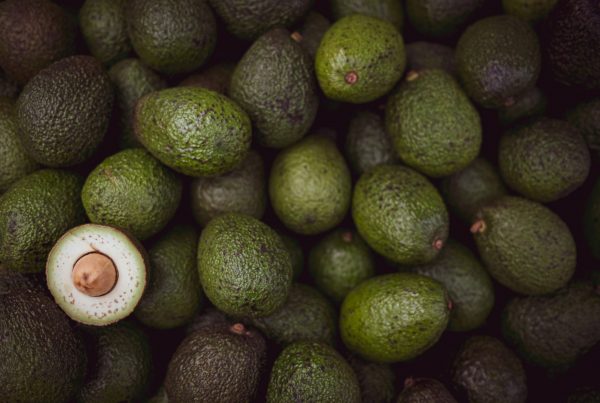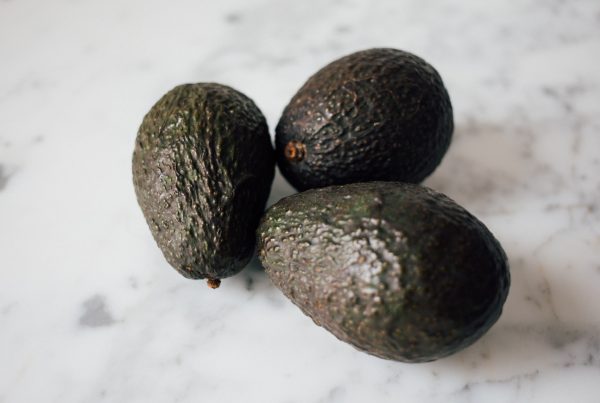Newsletter 177 – 12.09.2024
In a few years, the avocado went from being a minor fruit to one of the world's greatest prominence. About 20 years ago the avocado was known only in the producing regions. The export was limited and in the northern markets it was little known, being within the group of exotic fruits. But in the last two decades its production and marketing exploded. The production tripled, currently exceeding 9 million tons; and the export quadrupled reaching 2.9 million tons. Currently the large northern supermarket chains offer it throughout the year, since its consumption ceased to be sporadic, to become common: many American, European and Latin American consume avocados almost daily.
But, just as demand grew, so did the supply. There are currently many producers, and the business becomes more complex and competitive. Most subtropical fruit producers are growing avocado and try to get a slice of this attractive business oportunity.
Mexico is still the main producer, concentrating a third of production and commerce. Then, other Latin American countries that experienced a strong expansion in the sector are following in the ranking. This is the case of Peru, Colombia, Dominican Republic, Chile and Brazil. Avocado is also cultivated in Argentina, Ecuador and Guatemala. The other great producing region is the Mediterranean. The boom began in Spain and Israel, and then expanded to Morocco, Greece, Italy and Portugal.
Another continent in which the avocado is successful is Africa. In the north there is Morocco, in the east, Kenya, Zimbabwe and Tanzania, and in the south, South Africa and Swaziland. In Southeast Asia the avocado grows easily, but its production is consumed locally, so they have no impact on international trade. In Oceania, avocado is cultivated both in Australia and New Zealand.
Regarding to the markets, North America remains the world's largest importer, concentrating 40% of world trade. The country produces avocado in California, but its local harvest only covers a part of the demand. Therefore, they import mainly from Mexico, but also Peru, Dominican Republic, Chile and Colombia are benefiting from the high interest in the avocado in the US. In sporting events such as the Super Bowl it is a tradition to consume tacos or nachos with guacamole, so consumption explodes in that date. In Europe, trade differs between the summer and winter campaign. During the summer the main supplier is Peru, and South Africa, East Africa, Brazil and Colombia complete the supply. In winter the market is mainly supplied by the Mediterranean region and Chile.
But the success of the avocado is not only happening in classic markets such as the American and European, but also in the remaining regions of the world. In Asia, the Far East (China, Japan, Korea) and the Middle East (Saudi Arabia, the Emirates) this fruit stands out, importing growing volumes. The Latin American countries (Mexico, Peru, Chile) supply them, completing with Australia and some limited shipments of the northern suppliers. Latin America was also infected by this boom. This region concentrates the great producers, and also attractive markets, especially for the fruit that do not fully comply with the standards imposed by the northern countries. In addition, at the beginning and at the end of the season, when the volumes are not yet large enough or the quality is not the optimal for an overseas shipment, the avocado is sent to neighboring countries, like Argentina, Chile, or Colombia. In this case, complementarity between the different seasons is used. Chile harvest in summer, while in winter they import from neighboring countries. In case of Argentina it is the other way around. They harvest and consume local production during winter and import from Chile during the summer. Similar situation occurs with Peru.
The avocado has achieved great popularity in a few years and expanded to the entire globe, both in terms of production, and consumption. The fruit world can no longer be imagined without this fruit.







